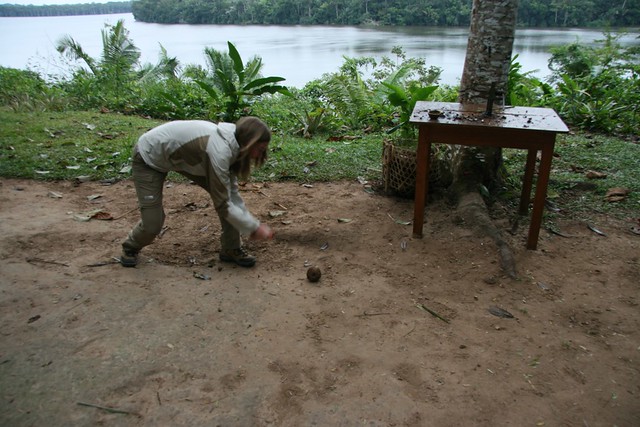We were picked up by our guide Leo at 6.30 am. It was a bit foggy so we went to visit the Cantallo aquaducts, which are still in working order and essential to irrigate the surrounding fields. We also had time to see how the local miners are working before the sky cleared up and we went to the airport.
We had a 35 minute flight over the Nasca lines in a small Cessna (3 seats + pilot). We heard that this flight could be a rough experience, but our pilot was excellent and we had a smooth flight.
Our guide took us for breakfast in a very local restaurant, we said goodbye an had some time to walk around Nasca city centre and relax in the sun before taking the bus back to Lima at 2.30 pm. We had the front seats on the upper deck, the so-called panorama seats.
We’re very pleased with the tour from http://www.peruadventurestours.com and both our driver and our guide (Leo Reyes) were great!! We got to see a lot more than was originally included in the tour, and the knowledge of the guide was impressive.
We arrived in Lima quite late and went straight to the hotel.
Our bags are packed and we have a few hours in Lima before we are going home. We will be in Norway tomorrow (Sunday) around 4.30 pm.










